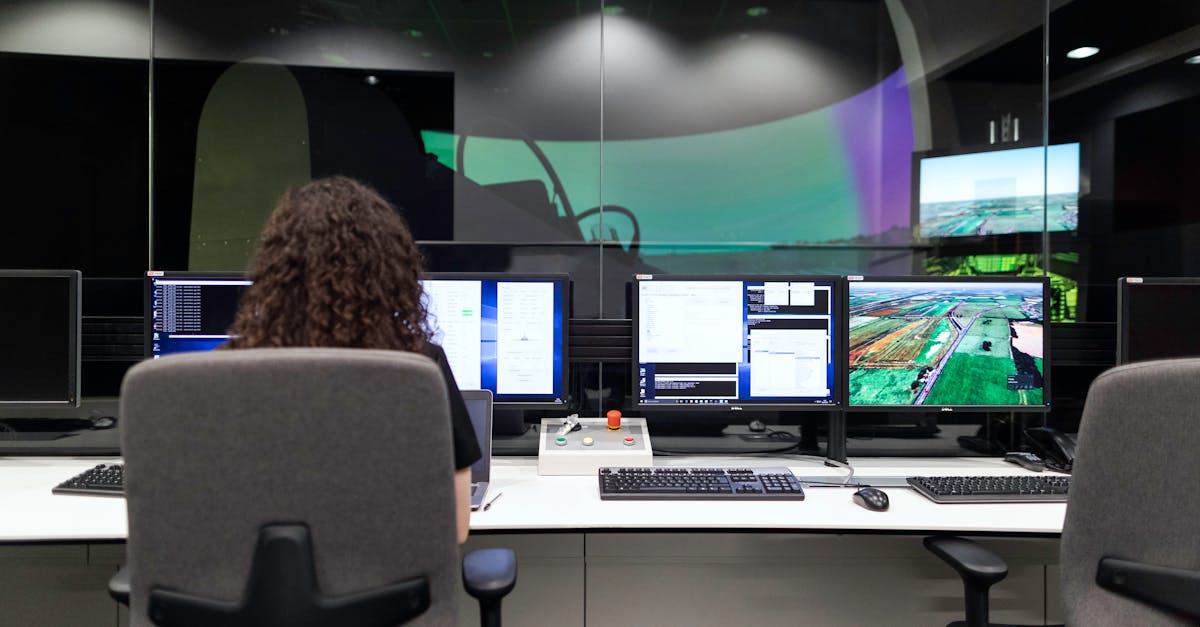Introduction: The Importance of Testing in Today’s World
In today’s fast-paced and technologically driven world, testing has become an integral part of our daily lives. Whether it’s software development, product manufacturing, or even academic assessments, the role of testing cannot be overstated. As someone who has navigated various fields, you may already know that testing ensures quality, reliability, and safety. But what’s surprising is how often we overlook the nuances and methodologies that make testing effective.
Interestingly enough, testing isn’t just about finding flaws; it’s about continuous improvement and innovation. Studies show that rigorous testing can lead to significant advancements in technology and processes. So, let’s dive into the world of testing and explore its various facets, challenges, and benefits.
The Evolution of Testing: From Ancient Times to Modern Day
A Brief History
Testing isn’t a modern concept. Ever wonder why ancient civilizations were able to build monumental structures that have stood the test of time? It’s because they had their own methods of testing materials and construction techniques. For instance, the Romans used a form of quality control to ensure their aqueducts and buildings were structurally sound.
The Industrial Revolution
Fast forward to the Industrial Revolution, and testing took on a new dimension. Mass production required standardized testing methods to ensure product consistency and safety. It’s no surprise that this era saw the birth of many testing standards and practices that we still use today.
The Digital Age
In the digital age, testing has become even more critical. Software testing, for example, is a multi-billion dollar industry. What I’ve noticed is that the complexity of modern software systems requires equally sophisticated testing methodologies. Automated testing, continuous integration, and deployment pipelines are now standard practices in the tech industry.
Types of Testing: A Comprehensive Overview
Manual vs. Automated Testing
To put it simply, testing can be broadly categorized into manual and automated testing. Manual testing involves human intervention to execute test cases, while automated testing uses scripts and tools to perform tests.
-
Manual Testing:
- Pros: Flexibility, human intuition, and adaptability.
- Cons: Time-consuming, prone to human error.
-
Automated Testing:
- Pros: Speed, accuracy, and repeatability.
- Cons: Initial setup cost, lack of human insight.
Functional vs. Non-Functional Testing
Another way to classify testing is by its focus:
- Functional Testing: Ensures that the software functions as expected. This includes unit testing, integration testing, and system testing.
- Non-Functional Testing: Evaluates aspects like performance, usability, and security. This includes load testing, stress testing, and security testing.
Exploratory Testing
Here’s a funny thing: exploratory testing is often overlooked but incredibly valuable. It involves testers exploring the software without predefined test cases. This method leverages human creativity and intuition to uncover hidden issues.
The Challenges of Testing: Common Pitfalls and How to Avoid Them
Overcoming Bias
One time, I was struck by how bias can affect testing outcomes. Testers may unconsciously favor certain test cases or overlook others. To mitigate this, diverse testing teams and automated tools can provide a more balanced approach.
Handling Complexity
Modern systems are incredibly complex, making comprehensive testing a daunting task. Imagine if you had to test every possible scenario in a software application. It’s an impossible feat. The key is to prioritize critical paths and functionalities.
Resource Constraints
Testing often requires significant resources, including time, manpower, and tools. If you’re like me, you might have experienced this challenge firsthand. Effective resource management and prioritization are crucial for successful testing.
The Benefits of Rigorous Testing: Why It’s Worth the Effort
Improved Quality and Reliability
It’s common knowledge that rigorous testing leads to higher quality products. Studies show that companies investing in thorough testing processes experience fewer defects and higher customer satisfaction.
Cost Savings
Interestingly enough, investing in testing can save money in the long run. Detecting and fixing issues early in the development process is far less costly than addressing them post-release.
Enhanced Security
In today’s digital landscape, security is paramount. Rigorous testing can identify vulnerabilities and prevent security breaches. You’d be surprised how many security issues can be mitigated through proper testing.
Compliance and Standards
Many industries have stringent compliance and regulatory standards. Testing ensures that products meet these requirements, avoiding legal issues and penalties.
Practical Steps for Effective Testing: How to Get Started
Define Clear Objectives
Ever wonder why some testing efforts fail? Often, it’s due to unclear objectives. Define what you aim to achieve with your testing efforts. Whether it’s functional accuracy, performance benchmarks, or security validation, clear goals are essential.
Develop a Comprehensive Test Plan
A well-structured test plan is the backbone of effective testing. It should outline the scope, objectives, resources, schedule, and methodologies. Here’s a thought: involve all stakeholders in the planning process to ensure alignment and buy-in.
Use the Right Tools
The other day, I was exploring various testing tools and was amazed by the plethora of options available. From automated testing frameworks to performance testing tools, choosing the right tools can significantly enhance your testing efforts.
Continuous Improvement
Testing is not a one-time activity. Implement a feedback loop to continuously improve your testing processes. Regularly review and update your test cases, methodologies, and tools.
Training and Development
Invest in training and development for your testing team. The landscape of testing is constantly evolving, and staying updated with the latest trends and technologies is crucial.
Real-World Examples: Success Stories and Lessons Learned
Case Study: NASA’s Mars Rover
NASA’s Mars Rover missions are a testament to the power of rigorous testing. Extensive testing ensured that the rovers could withstand the harsh conditions of space and the Martian surface. Imagine if a single test was skipped; the mission could have failed.
The Volkswagen Emissions Scandal
On the flip side, the Volkswagen emissions scandal highlights the consequences of inadequate testing and ethical lapses. Rigorous and transparent testing could have prevented the scandal and its fallout.
A Personal Anecdote
Here’s a story from my own experience: I was part of a software development team working on a critical application. Initially, we faced numerous issues and delays. However, once we implemented a robust testing strategy, the quality and reliability of our application improved dramatically. This might sound strange, but testing transformed our project’s trajectory.
The Path Forward: Embracing a Culture of Testing
Foster a Testing Mindset
To create a culture of testing, it’s essential to foster a mindset that values quality and continuous improvement. Encourage your team to view testing as a critical component of the development process, not an afterthought.
Leverage Automation
Automation is a game-changer in the testing landscape. By automating repetitive and time-consuming tasks, testers can focus on more complex and creative testing activities.
Collaboration and Communication
Effective testing requires collaboration and communication among all stakeholders. Regularly share testing results, insights, and feedback to ensure everyone is on the same page.
Stay Updated
The field of testing is constantly evolving. Stay updated with the latest trends, tools, and methodologies. Join professional organizations, attend conferences, and participate in online forums to stay ahead of the curve.
Wrapping Up: The Future of Testing
Looking back, it’s clear that testing has come a long way from its ancient origins. Today, it’s an indispensable part of our technological landscape. As we move forward, the importance of testing will only grow. Embracing a culture of testing, leveraging automation, and fostering continuous improvement will be key to navigating the challenges and opportunities ahead.
So, whether you’re a seasoned professional or just starting out, remember: testing is not just a task; it’s a mindset. And in a world where quality and reliability are paramount, that mindset can make all the difference.











